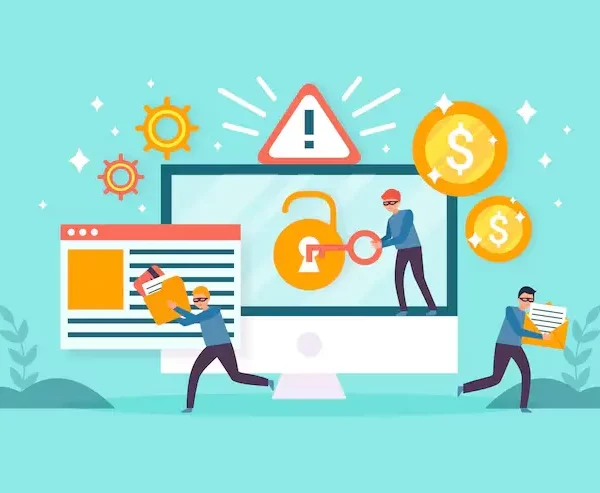What is an inventory cost?
The cost incurred due to acquisition of inventory is known as inventory cost. Technically, inventory cost is associated with procurement, management, and storage of stock.
Elements of Inventory Costs
Inventory cost is classified into three major elements. These elements are as follows:
1. Ordering costs
Ordering cost, also known as setup costs, includes all the costs that the procurement department incurs. The inbound logistic cost and goods acquisition cost is also part of it. In short, ordering cost is incurred whenever a company places an order from the supplier. It includes:
-
Administration cost
These are also known as clerical costs. They are usually incurred during purchase order preparation, invoice processing, supplier communication, and accounting.
-
Transportation Cost
Transportation costs refer to costs incurred while carrying goods from one place to another. This is a primary factor because it has a significant effect on overall ordering cost.
-
Receiving Cost
This cost is incurred while unloading and inspecting goods at the warehouse.
-
Electronic Data Interchange (EDI) Cost
This cost does not apply to all businesses. It is precisely for large firms that are using electronic systems to manage their procurement process. The ordering amount is present in all companies. It depends on the size of the order. If a company is placing more orders, it means it has a higher ordering cost.
A company’s ordering cost can be spread out if it orders products in bulk and uses them sparingly .
2. Carrying costs
The cost that is spent on storing the inventory. These expenses are mainly due to the amount of space needed to store merchandise, money required to purchase goods, and obsolete inventory.
Carrying cost is classified into the following elements:
-
Capital cost
It is the most significant component in carrying cost. Investments depreciation on working capital, taxes, insurance costs, and other civil liability expenses are included.
-
Inventory service cost
This includes all costs related to inventory services such as applications, IT hardware, insurance, security, etc. Basically, this cost is spent on the physical handling of the goods.
-
Inventory risk cost
The cost that is spent on risks associated with inventory shrinkage. This can be incurred due to many reasons such as fraud, theft, damage, storage transit, shipping errors, etc.
-
Storage space cost
The cost of storage space usually covers the rent for the warehouses. There are many expenses associated with product storage. Storage space cost will differ by location. It also includes the fee for air conditioning and ventilation, lighting, transportation, and other physical warehouse expenses.
3. Stock-out costs
The cost incurred when a product is out of stock is known as stock-out or shortage cost. These expenses include money lost after buyers go to your competitors, and overnight delivery costs to procure out-of-stock products.
-
Emergency Shipments
Stock-outs can lead to companies paying extra to receive shipment on time or change their supplier.
-
Customer reputation and loyalty
When consumers are dissatisfied, the company suffers a drop in customer loyalty and trust. And once your reputation takes a hit, its hard to restore it.
-
Disrupted production
When a company makes money by producing and selling goods, a shortage will mean it would have to pay for idle workforce and factory overhead.
How to manage inventory cost?
Sometimes, inventory costs increase quickly due to mismanagement. These Saas based systems are more efficient & cost effective. Inventory cost control is not complex. A company can easily manage by just practicing the following strategies:
- Through accurate forecasts, a company can estimate the real-time need for inventory. They can order just enough merchandise that satisfies the demand for stock at a specific time frame.
- Using a dedicated inventory management system.
- Try to reduce the Lead Time. The shorter it is, the better.
- Sort your warehouse. An unorganized warehouse will result in higher travel costs and increase the chances of destroyed products.
Set a reorder level. This will help you avoid ordering too much and risking obsolescence.



